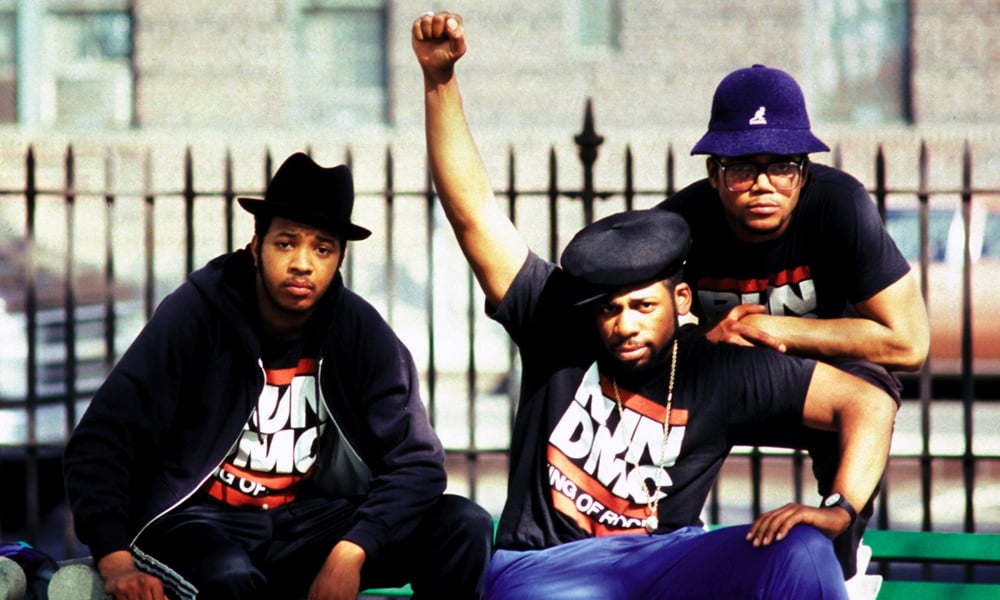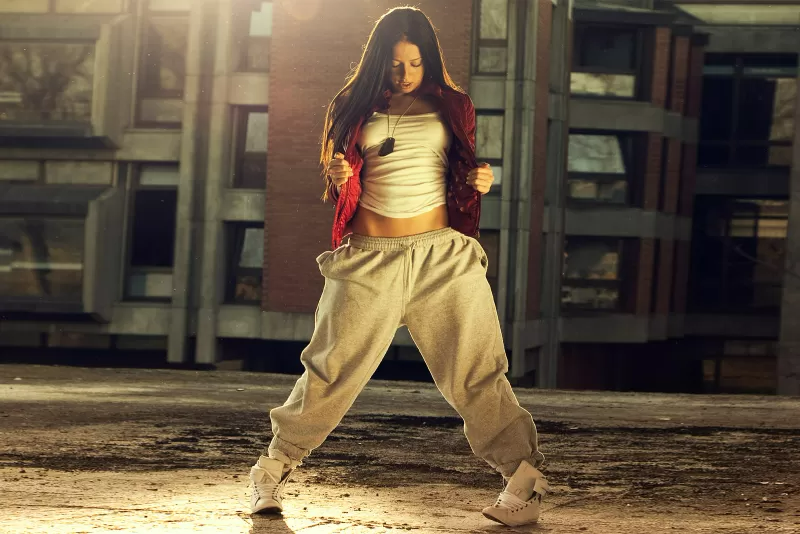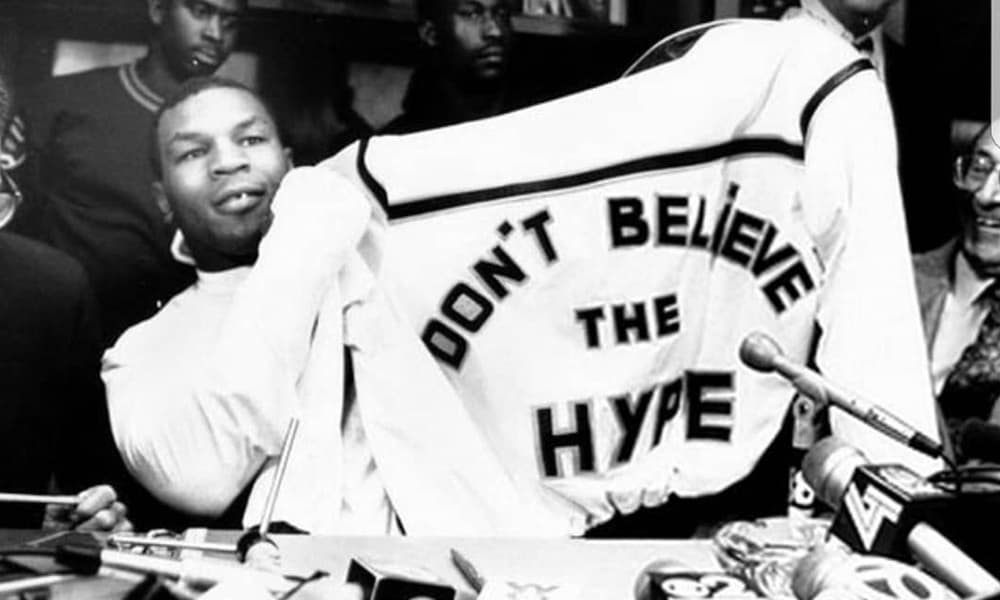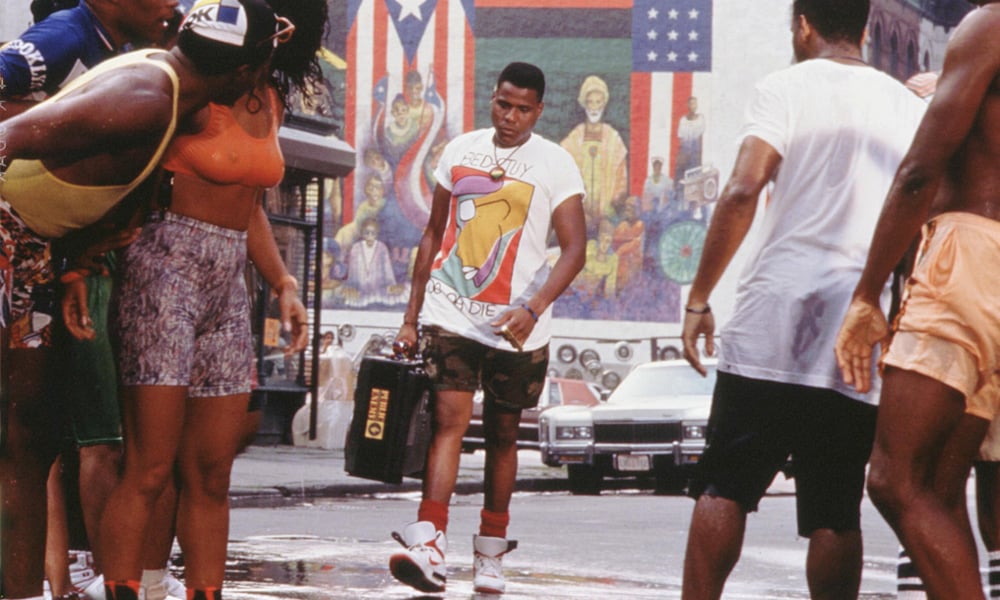Contents
Hip-Hop Fashion
TRUE STREET WEAR
Rap is arguably music’s most entrepreneurial genre, obsessed with graft and hustle, status and the path up from the streets.
No other sound has focused so much on starting from the bottom.
Perhaps because no other music has been so dominated by artists who started life at the bottom.
The uniform of rock was stuff that would frighten fans’ mothers; for rap, it was clothes that backed up your bars.

Rap’s first commercial flush put its stars in financial reach of luxury, but they were still locked out by geography and race.
Their focus on the grittier sides of street culture made brands wary. Biggie might big up Louis Vuitton, but its customers were white, old and didn’t want their couturier draped across an ex-drug dealer.
They were even less comfortable about selling to actual drug dealers, the only other people in Harlem in with the cash to afford them.
THE EVOLUTION OF HIP-HOP STYLE
His demise coincided with rap’s toughening up and a shift in style to something more authentic.
As music played a significant role in the way people dressed during the 1990s, many celebrities were known as fashion icons, especially rappers.
Rappers were also tiring of luxury’s knockbacks. When the Wu Tang Clan launched its own brand, Wu Wear, a generation of artists realised that they could control what they promoted and how they were rewarded.

They turned rejection into a statement of intent, creating clothes for fans who, were at best only ever endured by the establishment.
Bling
In the mid- to late 1990s, platinum replaced gold as the metal of choice in hip hop fashion. Artists and fans alike wore platinum (or silver-colored) jewelry, often embedded with diamonds.
Juvenile and The Hot Boys were largely responsible for this trend.
Cash Money Records executive/rapper Brian “Baby” Williams has an entire mouthful of permanent platinum teeth.
Others have fashioned grills, removable metal jewelled teeth coverings.

With the advent of the jewellery culture, the turn-of-the-century-established luxury brands made inroads into the hip hop market.
With brands like Gucci, Louis Vuitton and 212 Diamond City making appearances in hip hop videos and films.
- https://www.instagram.com/tongassf/
- https://www.linkedin.com/in/tongassf/
- https://www.pinterest.com/tongassf123
- https://www.facebook.com/TongassFashion

